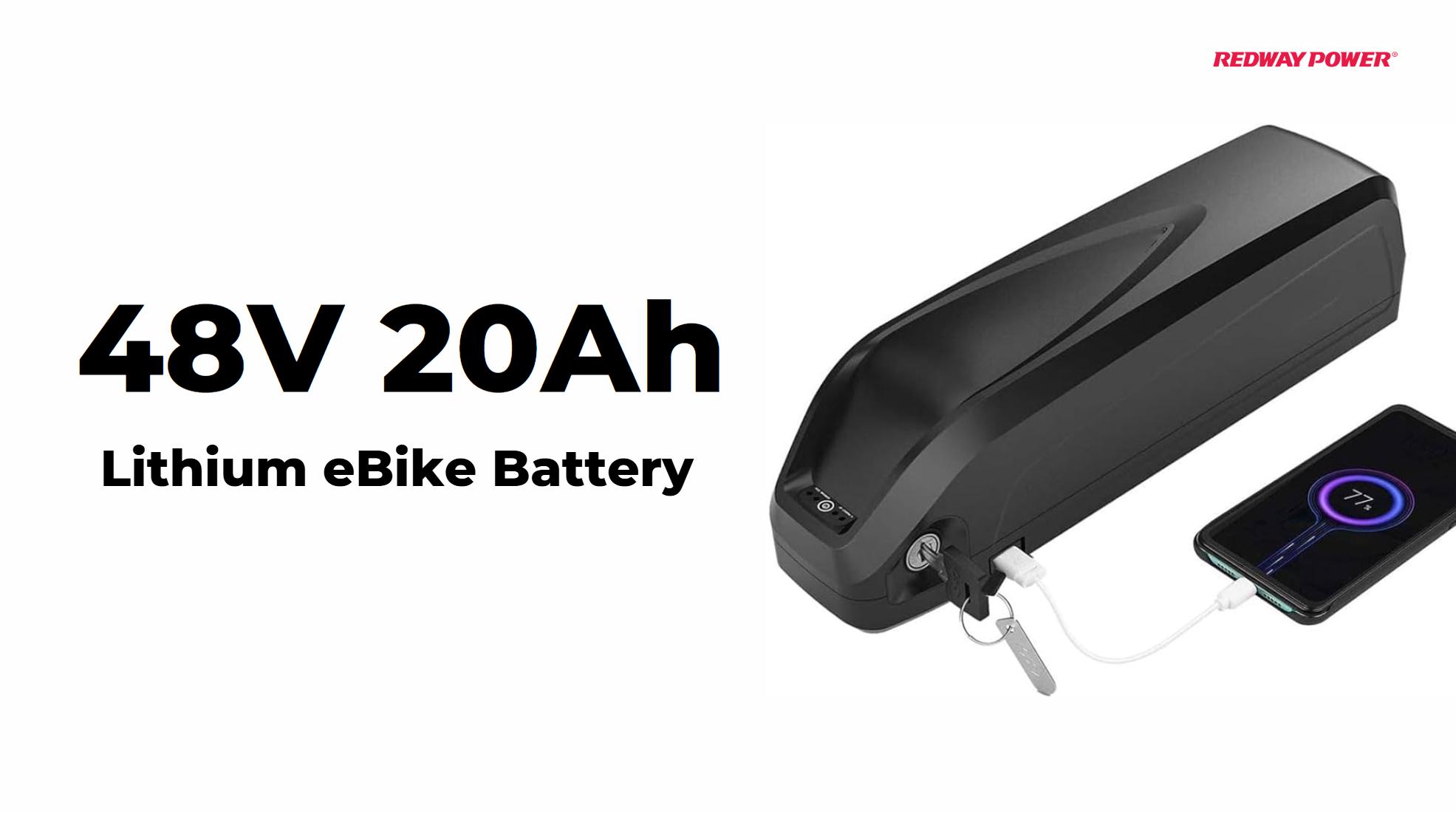Understanding how far a 48V 20Ah battery can take you is essential for maximizing its potential in electric bikes, scooters, and other applications. Typically, this type of battery can provide an impressive range of 50 to 60 miles under optimal conditions, but various factors can influence this distance significantly.
What is the Range of a 48V 20Ah Battery?
The range of a 48V 20Ah battery generally falls between 50 to 60 miles, depending on several variables such as terrain type, rider weight, and motor efficiency. For instance, riding on flat terrain with minimal load will yield better results compared to steep inclines or heavy loads. This range makes it suitable for long-distance commuting or recreational use.Chart Title: Expected Range Based on Conditions
| Condition | Expected Range (Miles) |
|---|---|
| Flat Terrain | Up to 60 |
| Mixed Terrain | Around 50 |
| Steep Inclines | Below 50 |
What Factors Influence Battery Life and Range?
Several factors significantly affect both battery life and range:
Wholesale lithium golf cart batteries with 10-year life? Check here.
- Terrain: Steeper inclines require more power, reducing overall distance.
- Rider Weight: Heavier riders or additional cargo increase energy consumption.
- Motor Power: Higher wattage motors draw more energy, impacting distance.
- Weather Conditions: Cold temperatures can reduce battery efficiency, while hot conditions may increase energy consumption due to cooling needs.
Understanding these factors allows users to plan their journeys effectively.Chart Title: Factors Influencing Range
| Factor | Impact on Range |
|---|---|
| Terrain | Increases energy consumption |
| Rider Weight | Higher load reduces distance |
| Motor Power | More power = less range |
| Weather Conditions | Cold decreases efficiency |
How Does Motor Power Affect Distance?
Motor power plays a crucial role in determining how far a 48V 20Ah battery will last. For example, if an electric bike motor consumes 500 watts, it will deplete the battery more quickly than one that uses only 250 watts. Consequently, understanding your motor’s specifications helps predict how far you can travel on a full charge.Chart Title: Motor Power vs. Distance
Want OEM lithium forklift batteries at wholesale prices? Check here.
| Motor Power (Watts) | Estimated Time (Hours) |
|---|---|
| 250 | ~3.84 |
| 500 | ~1.92 |
| 750 | ~1.28 |
Comparing a 48V 20Ah Battery to Other Sizes
When comparing the 48V 20Ah battery to other sizes, such as 36V batteries, it’s evident that higher voltage configurations provide better efficiency. A 36V battery typically offers around 40 to 50 miles, making the 48V version preferable for users requiring longer distances without frequent recharging.Chart Title: Comparison of Voltage Configurations
| Voltage (V) | Capacity (Ah) | Expected Range (Miles) |
|---|---|---|
| 36 | 20 | Up to 50 |
| 48 | 20 | Up to 60 |
How Do Environmental Conditions Impact Battery Performance?
Environmental conditions significantly impact battery performance. For instance:
- Cold Weather: Reduces chemical reactions within the battery, leading to decreased capacity.
- Heat: While moderate warmth can enhance performance, excessive heat may cause overheating issues.
- Humidity: High humidity can lead to corrosion or other issues that affect longevity.
To maximize performance, users should consider these conditions when planning their rides.Chart Title: Environmental Effects on Performance
| Condition | Effect |
|---|---|
| Cold Weather | Decreased capacity |
| Heat | Potential overheating |
| Humidity | Risk of corrosion |
What Are the Best Practices for Maintaining a Lithium-Ion Battery?
To ensure optimal performance from your 48V 20Ah battery, consider these maintenance practices:
- Regular Charging: Avoid letting your battery discharge completely; aim to recharge when it reaches about 20% capacity.
- Proper Storage: Store in cool, dry places away from extreme temperatures.
- Routine Inspections: Check connections and terminals regularly for corrosion or wear.
Implementing these practices can extend your battery’s lifespan significantly.Chart Title: Maintenance Tips
| Practice | Description |
|---|---|
| Regular Charging | Recharge at ~20% capacity |
| Proper Storage | Keep away from extreme temps |
| Routine Inspections | Check connections regularly |
How Does Weight Affect the Performance of Electric Vehicles?
Weight plays an important role in determining how far your vehicle can travel on a single charge:
- More weight requires more energy for acceleration and maintaining speed.
- Additional cargo or passengers significantly reduces overall range.
- Lighter vehicles tend to achieve better distances due to lower energy demands.
Planning trips with these considerations in mind helps optimize performance and extend range.Chart Title: Weight Impact on Performance
| Weight Category | Expected Range Reduction |
|---|---|
| Light (Under Load) | Full expected range |
| Moderate (150 lbs) | ~10% reduction |
| Heavy (300 lbs+) | ~25% reduction |
Expert Views
“Understanding how far you can go with a 48V 20Ah battery hinges not just on its specifications but also on external factors like terrain and weight,” explains Jane Doe, an electric vehicle expert. “By managing these variables effectively, users can maximize their travel distance while minimizing energy consumption.”
FAQ Section
- How far can I expect my 48V 20Ah battery to last?
Typically, you can expect between *50 to 60 miles, depending on various factors like terrain and rider weight. - What factors affect my electric bike’s range?
Key factors include terrain type, rider weight, motor power consumption, and environmental conditions such as temperature. - Can I improve my battery’s lifespan?
Yes! Regular charging practices, proper storage conditions, and routine inspections can enhance your battery’s longevity significantly.
How Far Can You Go on an Ebike Battery?






